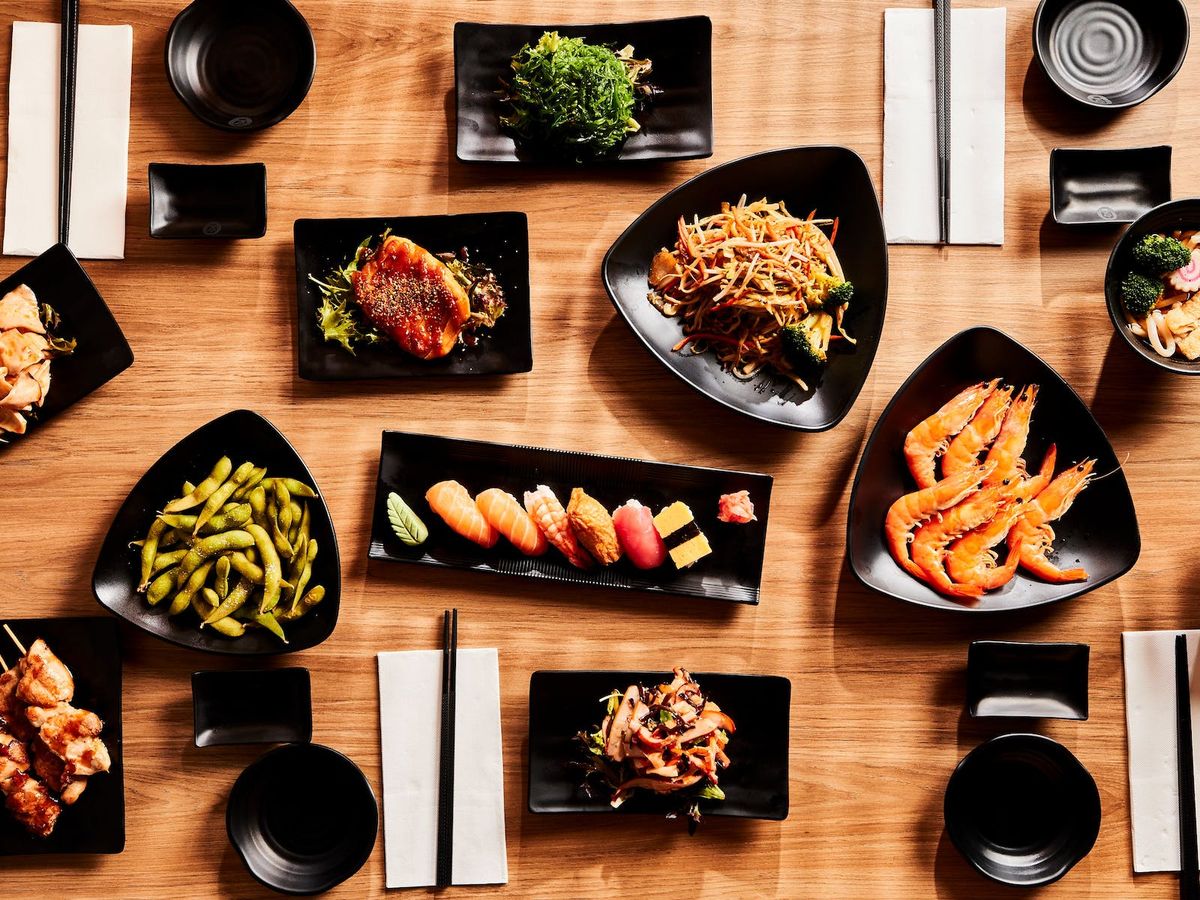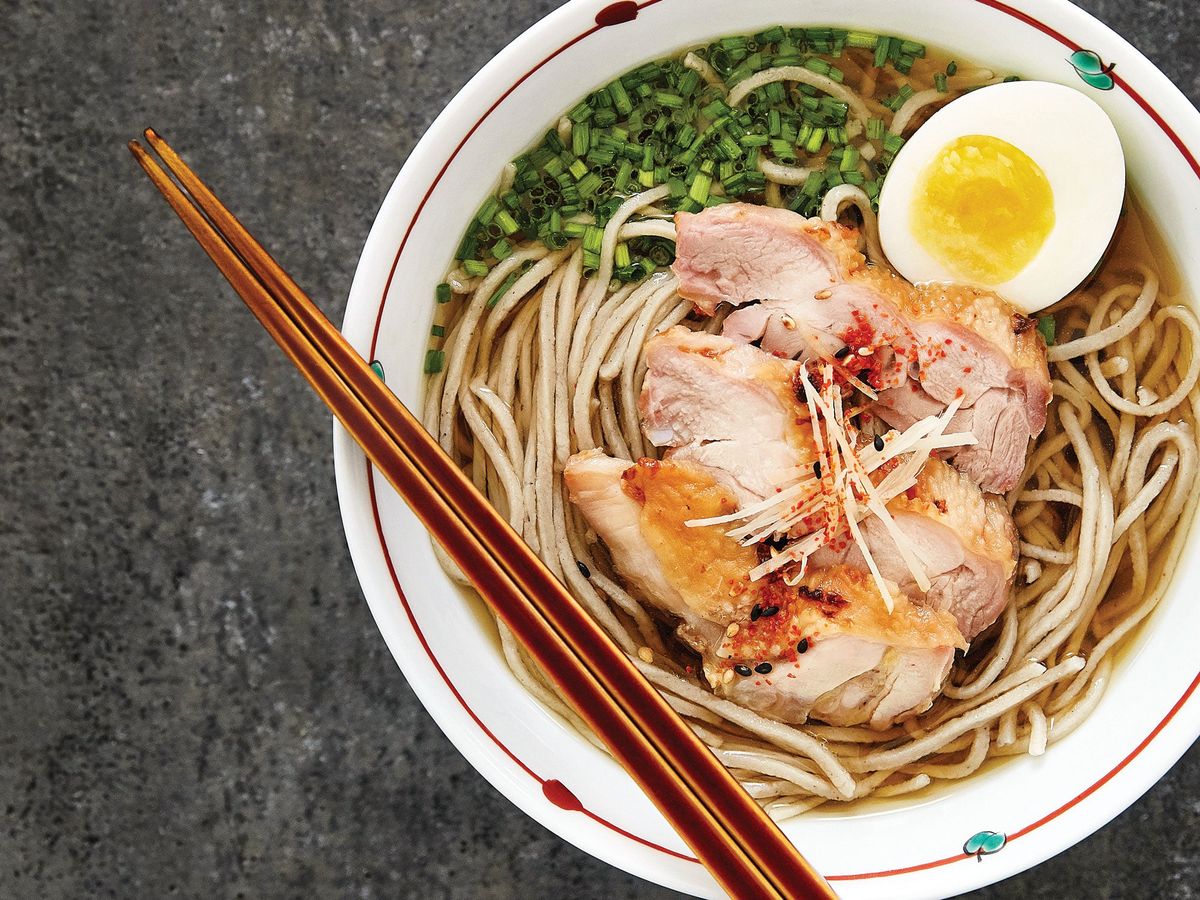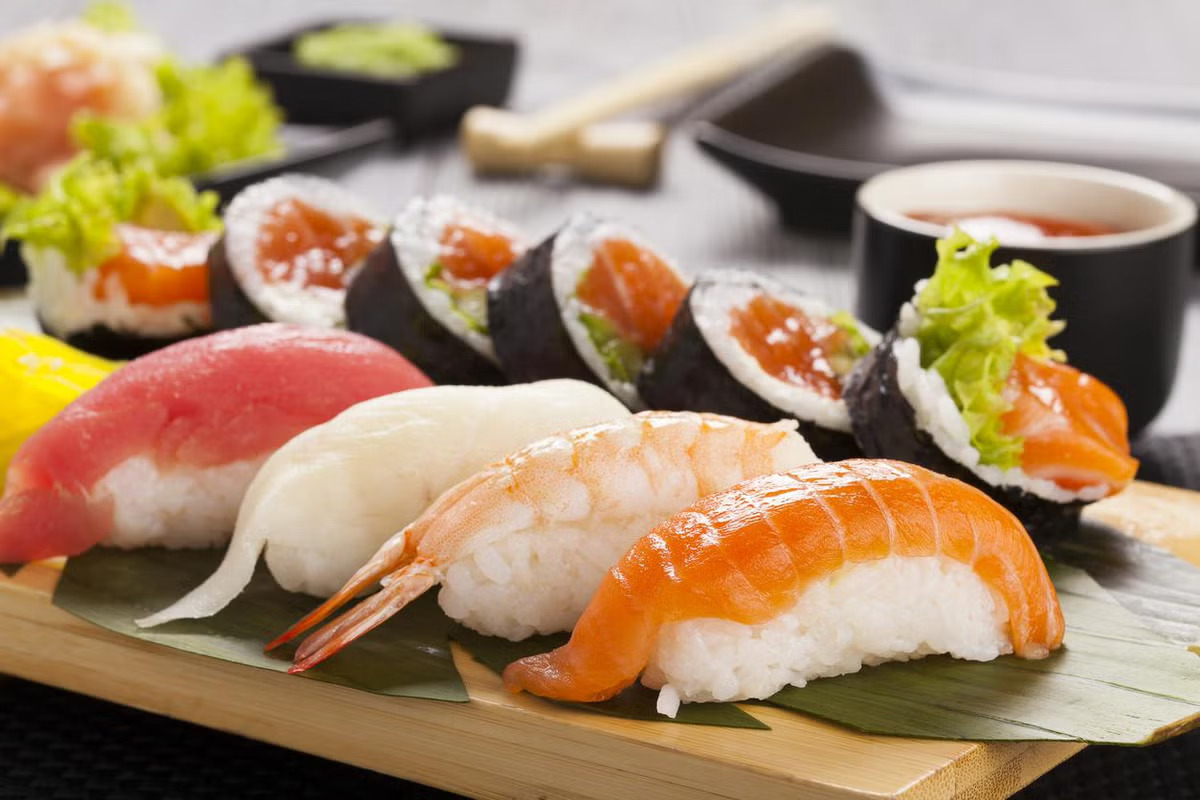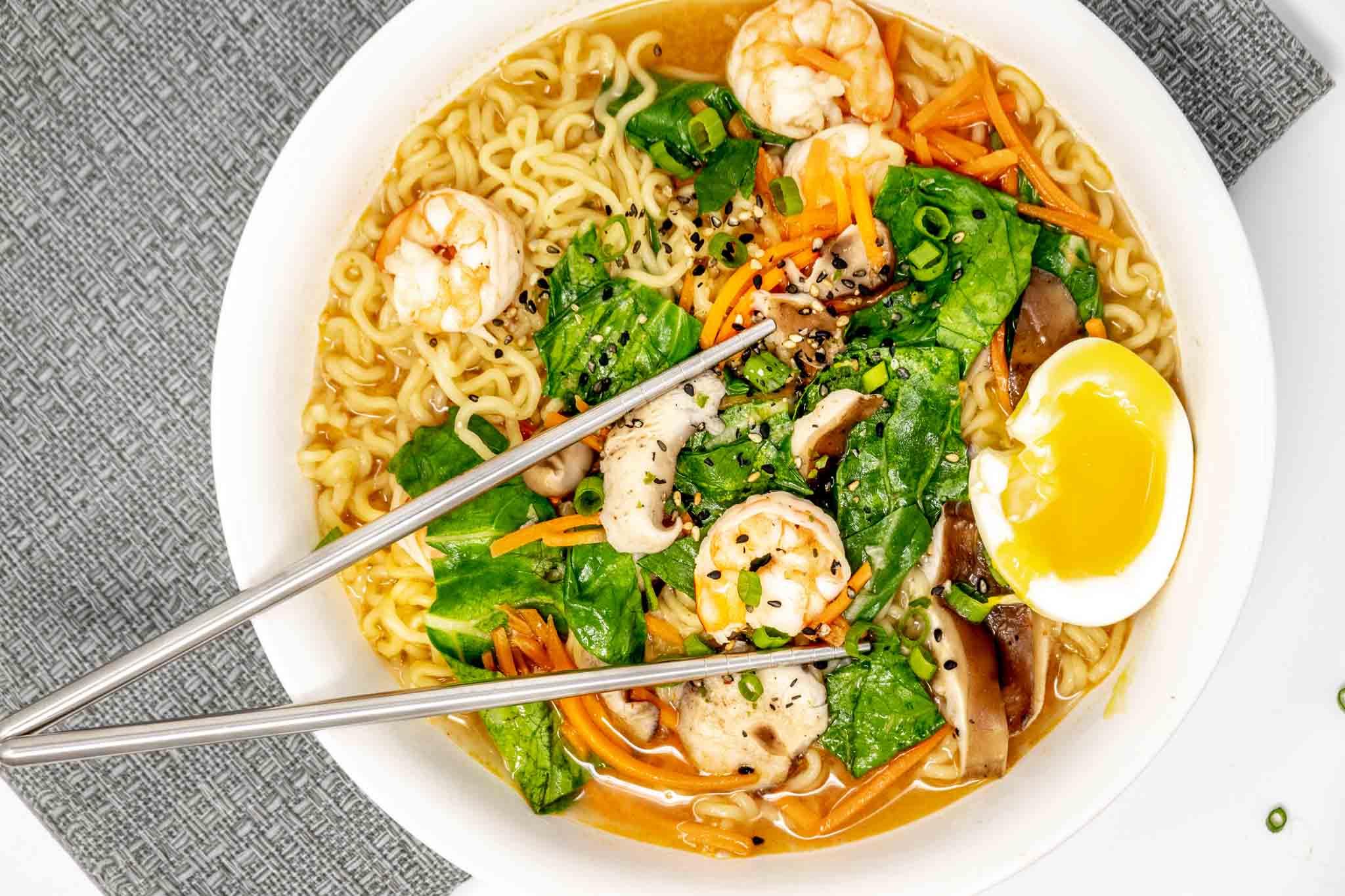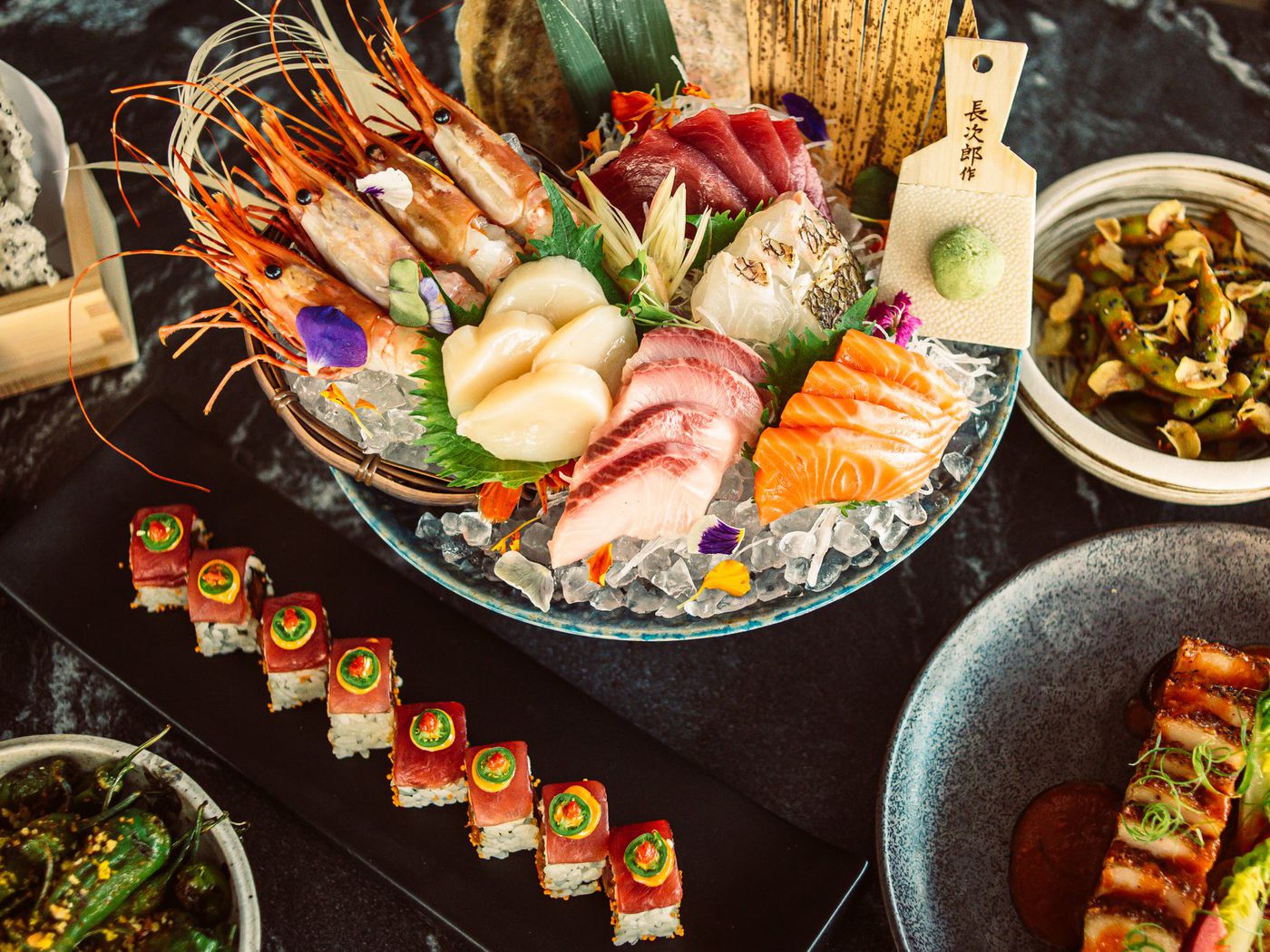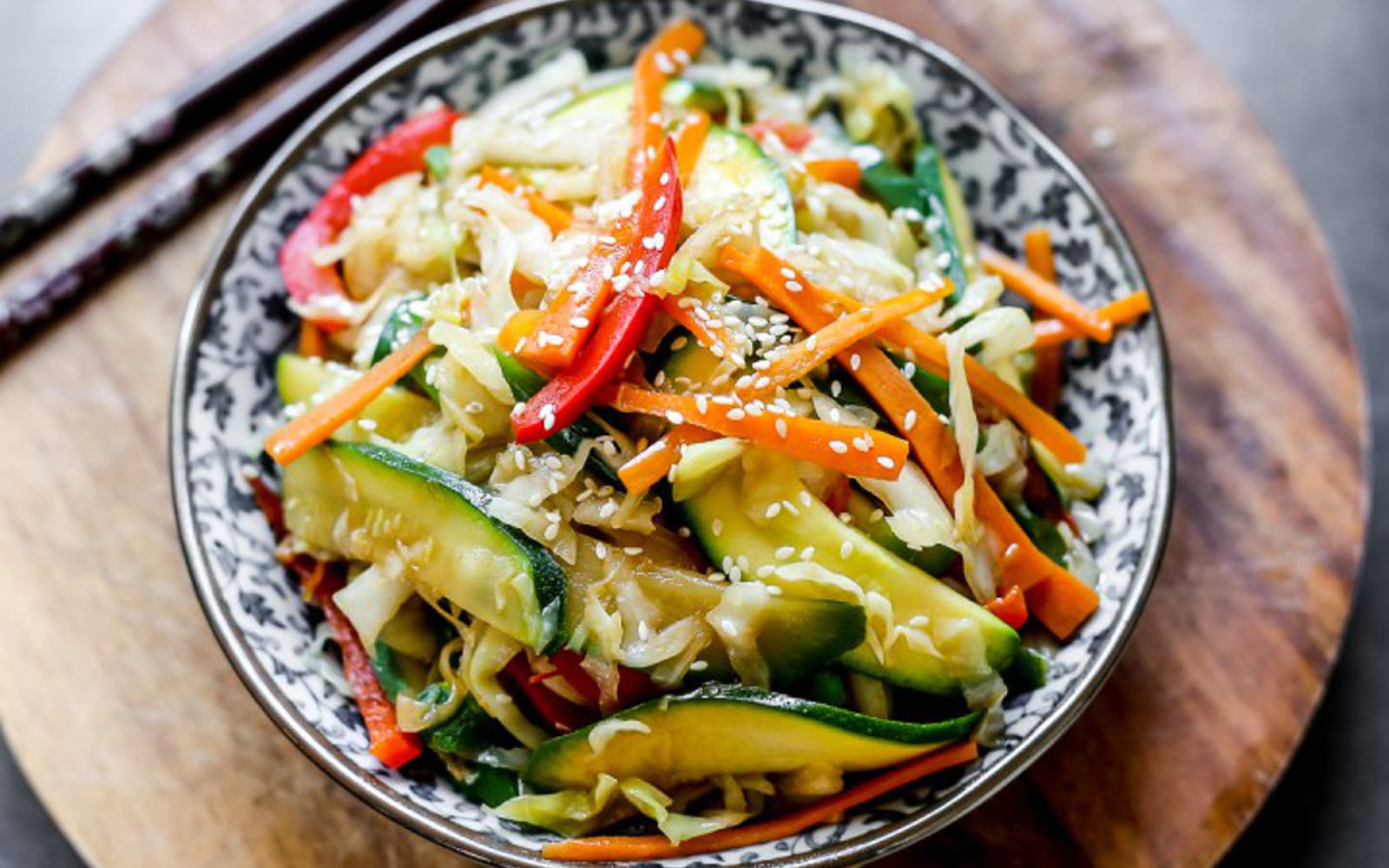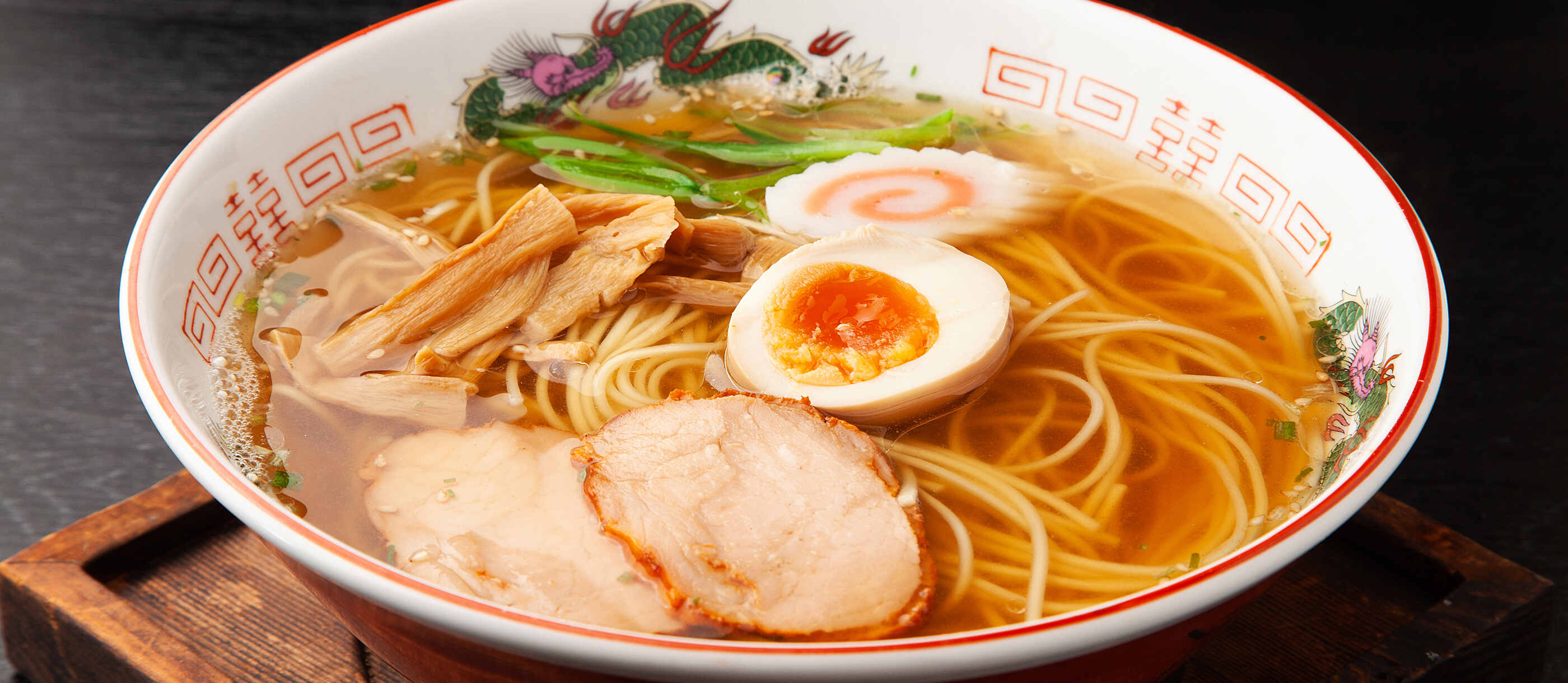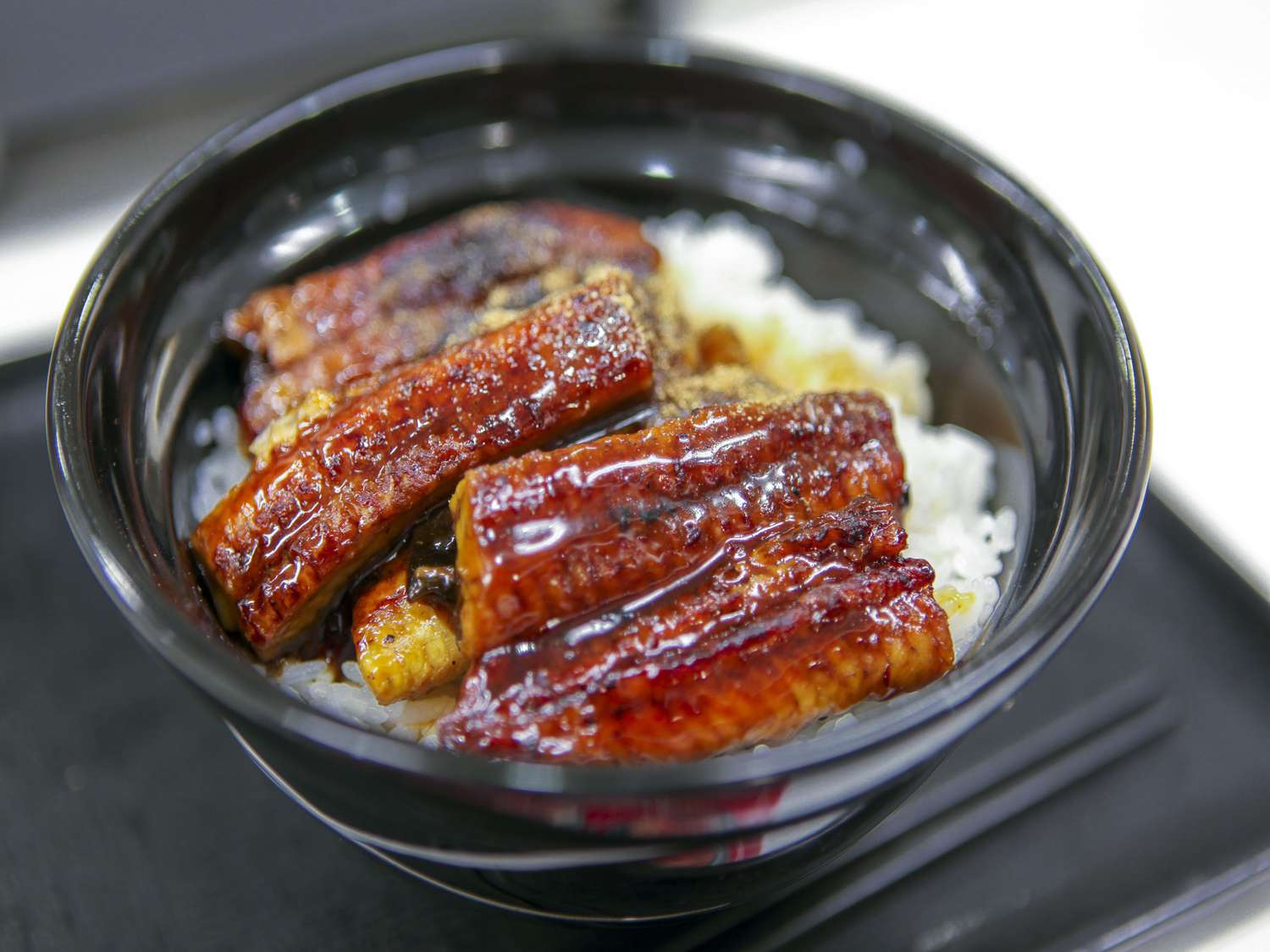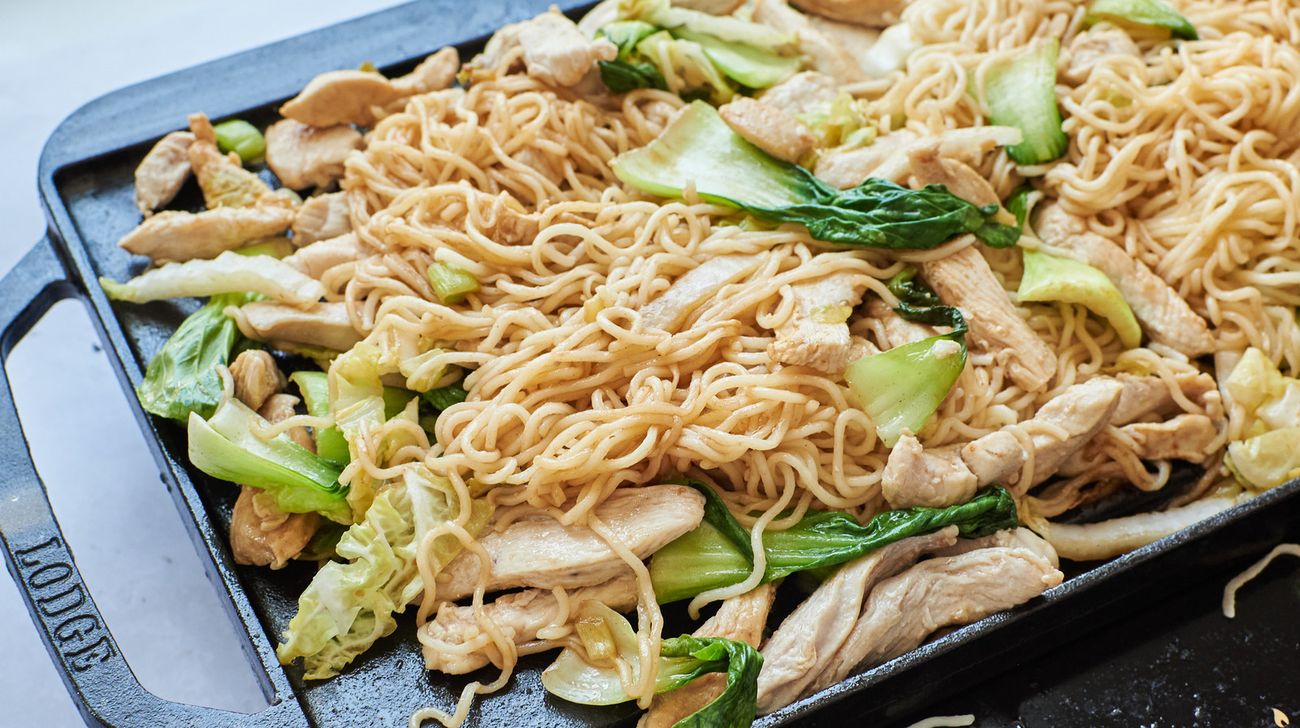How to Enjoy a Vegan Meal at a Japanese Restaurant
Japanese cuisine is known for its delicious and diverse flavors, but for those following a vegan diet, it can sometimes be challenging to find suitable options at a Japanese restaurant. However, with a little knowledge and creativity, it’s entirely possible to enjoy a satisfying vegan meal at your favorite Japanese eatery. Here are some tips to help you navigate the menu and make the most of your dining experience:
Communicate Your Dietary Preferences
When you arrive at the restaurant, don’t hesitate to communicate your dietary preferences to the staff. Politely inform them that you are vegan and ask if they can recommend or modify any dishes to accommodate your needs. Japanese hospitality is renowned for its attentiveness to customer requests, so they will likely be happy to assist you in finding suitable options.
Explore the Menu
Japanese restaurants often offer a wide variety of vegetable-based dishes that are naturally vegan or can be easily modified. Take a close look at the menu and look for items such as:
- Vegetable Sushi Rolls: Many sushi restaurants offer an array of vegetable-based sushi rolls, such as cucumber rolls, avocado rolls, and asparagus rolls.
- Edamame: These young soybeans are typically steamed and lightly salted, making them a nutritious and flavorful appetizer.
- Tempura Vegetables: While traditional tempura batter may contain eggs, some restaurants offer vegan-friendly tempura made with a plant-based batter.
- Vegetable Yakisoba: This stir-fried noodle dish can be prepared with an assortment of vegetables and seasoned with a savory sauce.
- Tofu Dishes: Look for dishes featuring tofu, such as agedashi tofu (lightly fried tofu in a savory broth) or tofu stir-fries.
Customize Your Order
If you don’t see any explicitly vegan options on the menu, don’t be afraid to ask if certain dishes can be customized to meet your dietary needs. For example, you can request that a dish be prepared without animal-based ingredients such as fish stock, bonito flakes, or mayonnaise. Most Japanese restaurants are willing to accommodate such requests to ensure that all guests have an enjoyable dining experience.
Be Adventurous
Japanese cuisine offers a wealth of unique and flavorful ingredients that are naturally vegan. Use this opportunity to be adventurous and try new dishes that you may not have considered before. From tangy pickled vegetables to hearty vegetable stews, there are plenty of vegan-friendly options to explore.
Conclusion
With a bit of flexibility and communication, enjoying a vegan meal at a Japanese restaurant can be a delightful experience. By exploring the menu, customizing your order, and being open to new flavors, you can savor the best that Japanese cuisine has to offer while staying true to your dietary preferences.
So, the next time you’re craving Japanese food, rest assured that there are plenty of delicious vegan options waiting to be discovered!

